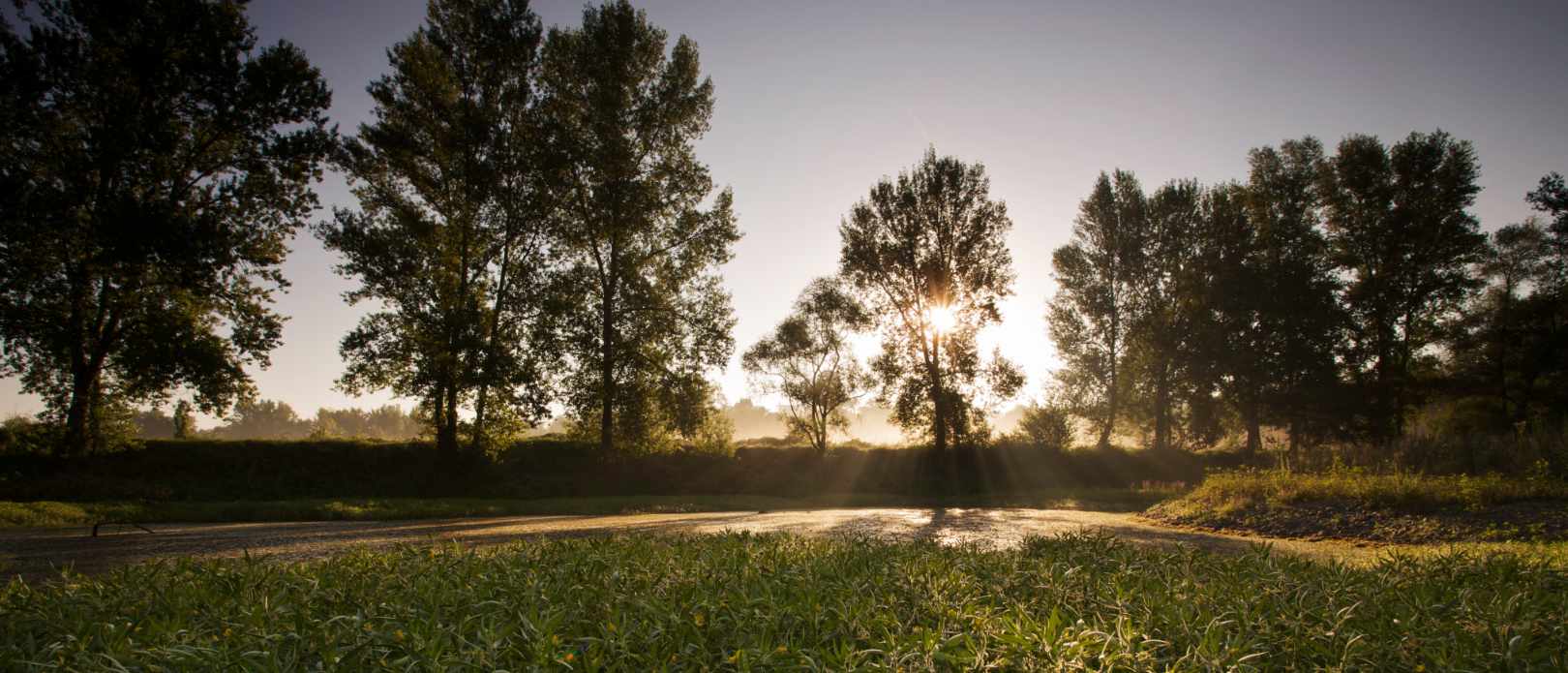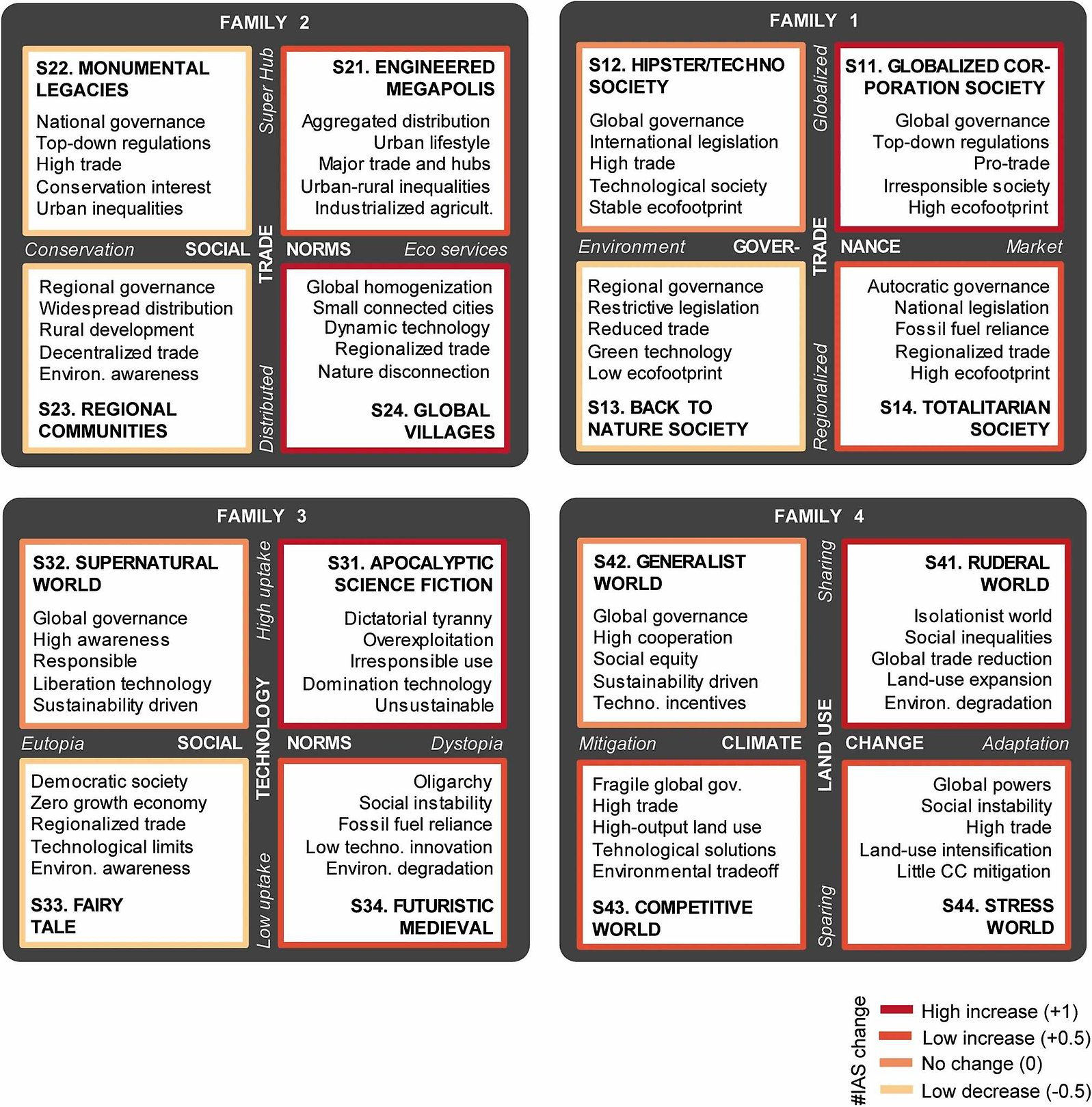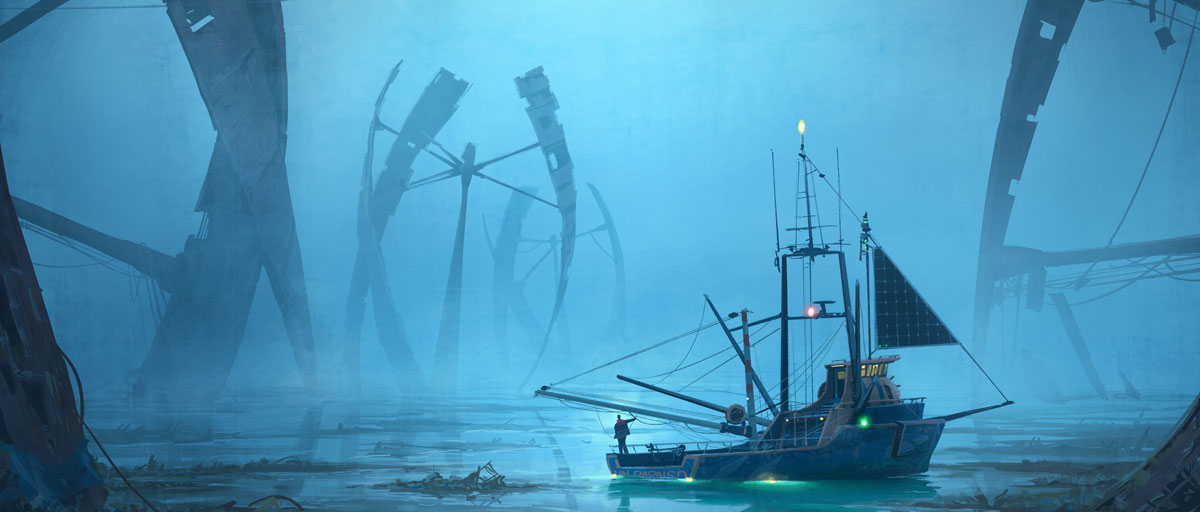BIODIVERSITY
Better scenario building can help curb global threat of invasive species

Researchers warn that in the absence of scenarios that account for invasions, the spread of invasive species is likely to increase, with major effects on both biodiversity and the economy. Photo: Wild Wonders/Azote
Invasive species remain largely ignored in current future analyses. Experts present first set ever of alternative futures for global biological invasions
- Existing global scenarios have neglected biological invasions, a major threat to biodiversity and human well being
- This absence is likely to influence environmental policy making and lead to increased spread of invasive species around the world
- New study developed 16 global scenarios of biological invasions to better capture key policy differences that matter to the spread of invasive species
In 2019 a landmark report from the Intergovernmental Science-Policy Platform on Biodiversity and Ecosystem Services (IPBES) ranked invasive alien species as the world’s fifth most important cause of biodiversity loss.
Yet, scenarios on how global biodiversity may develop have largely neglected biological invasions.
A dangerous absence
In a study published in Sustainability Science, a team of international experts including centre researcher Garry Peterson, has developed the first ever set of alternative futures for global biological invasions.
This work provides a basis for the future quantification of the effects of biological invasions on biodiversity, human livelihoods and well being.
Núria Roura-Pascual, lead author
The researchers warn that in the absence of scenarios that account for invasions, the spread of invasive species is likely to increase, with major effects on both biodiversity and the economy.
16 new scenarios
After a process of identifying the key forces that are both uncertain and important to the future of biological invasions, the researchers developed 16 scenarios that explored how factors such as trade practices, urbanization, global regulation, and technology could shape the future of biological invasions.
These scenarios were then grouped into four main clusters based on their different levels of invasions:
• Scenarios with low level of invasions were characterized by high levels of social and environmental awareness. Environmental regulation is strong, but its effectiveness weak given the decentralized nature of public administration. Global trade is reduced and technological developments are low.
• Scenarios with a medium level of invasions present a balanced regional and global governance system. Global trade is high, but compensated by the use of technology to mitigate social and ecological impacts of invasions. Environmental challenges are taken seriously, and regulations are enforced.
• Scenarios with high level of invasions are dominated by an irresponsible and inefficient use of natural resources, guided by short-term regional interests. There is a deceleration in global trade, but the lack of effective biosecurity measures does not hamper the introduction of alien species.
• Scenarios with very high level of invasions are dominated by global economic interests that ignore social-ecological connections. Productivity and trade are high. Technological advances are responsible for high consumption of natural resources and unregulated introductions of alien species.

Figure from the paper showing the 16 scenarios for biological invasions. The four scenario families are composed of two axes (pairs of drivers). Colours indicate the number of established invasive alien species under each scenario.
A more comprenhensive picture
The researchers showed that some factors that are key to biological invasions are not considered in widely used climate scenarios, and without action to address these factors biological invasions are likely to greatly increase, even in scenarios that address climate change.
“By comparing climate and biological scenarios we revealed where efforts can help improve global models and scenarios,” says Garry Peterson.
“We argue that including factors related to trade, environmental awareness, biosecurity and technological development in global scenarios and models is essential to adequately consider biological invasions in global environmental assessments and thereby obtain a more comprehensive picture of future social–ecological developments,” the authors conclude.
Methodology
The new scenarios were developed through expert-based online discussions and a two-day workshop. The 30 participants (and authors of the study) were mainly invasion biologists, but experts on global change biology, environmental economics and scenario development were also present.
A commonly used “two axes” scenario analysis was adapted into a “multiple two-axis scenario” approach to explore a wide range of plausible global futures for invasive alien species through to 2050. In total, the experts developed sixteen different scenarios to investigate the many complex and uncertain interactions underlying biological invasions.
These scenarios were then clustered into four families of four scenarios each to facilitate comparisons with the widely used “Shared Socioeconomic Pathways” scenarios, which were first developed by climate change researchers and will be used to help produce the IPCC Sixth Assessment Report on climate change, due in 2022.
Roura-Pascual, N., Leung, B., Rabitsch, W. et al. 2021. Alternative futures for global biological invasions. Sustain Sci https://doi.org/10.1007/s11625-021-00963-6








